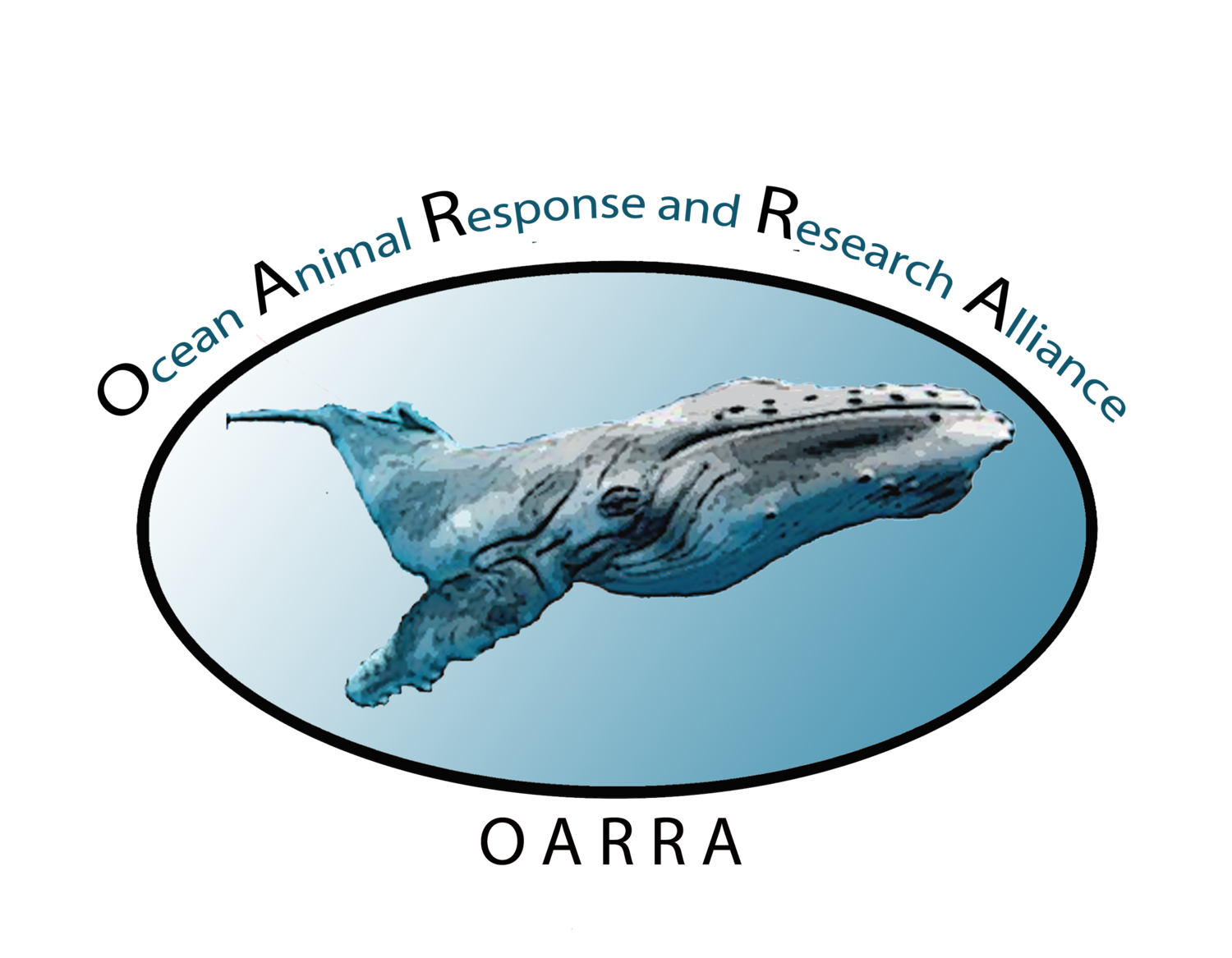What information does the flipper tag tell us?
November 5, 2020, a tagged adult female California sea lion, Long Beach Harbor CA.

-

Placement of the tag?
Is the tag on the right or left side?
• Right Side= Female
• Left Side= Male
Is the tag on the front or rear flippers?
• Front Flippers= Eared Seals (Sea Lions, Northern Fur Seals, Guadalupe Fur Seals)
• Rear Flippers= True (or Earless) Seals (Harbor Seals, Northern Elephant Seals)
The animal in the photo (above) is tagged on the front right flipper; identifying her as a female, California Sea Lion.
-

What color is the tag?
There are many different colored tags, each having its own meaning. The color also identifies the organization(s) which applied the tag. Here are some examples
• An orange tag indicates the animal was in a rehabilitation center.
• A yellow tag indicates the animal was part of a project on one of the Channel Islands.
• A red tag indicates an animal was tagged specifically on San Nicolas Island.
-

What do the numbers and letters mean?
The tag is a unique identifier for that animal. A tag can reveal some of the following information:
• Date of stranding or interaction (disentanglement, research, conservation, etc.)
• Cause of stranding
• Age
• Gender
• Weight
• Date of tagging
• Release date
• Release location
• Any additional re-sites of this animal
This information is just like the information in your own medical records.
-

What is the tag's shape?
If the numbers on the tag are worn away or faded, information can still be collected. The shape of the tag can give us an approximate range of years that particular tag shape was used.
The tag in the picture (left) was phased out between the years 2013-2015. That would make this animal, in 2020, at least 5-7 years old.
Putting It Together
Only by observing can one begin to understand the problems; Only through understanding can change begin to happen.
OARRA is bridging the gap of identifying the problems, understanding them, and promoting change for a healthier environment for all.
Your support is greatly appreciated and needed. You give the marine mammals the voices they need.


























